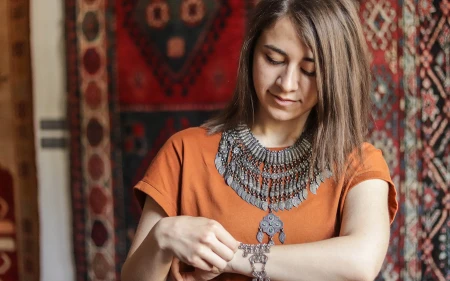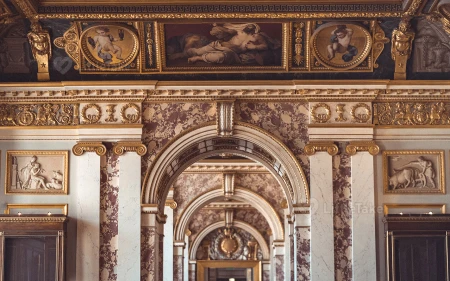
The Rich Tapestry of Folk Art and Its Significance
Folk art holds a special place in the world of creative expression, as it reflects the unique stories and cultural heritage of communities across the globe. Delve into the importance and beauty of folk art at LittleTake.
What is Folk Art?
Folk art refers to the artistic creations of self-taught artists, who draw inspiration from their cultural heritage and everyday experiences. This form of art encompasses a wide range of mediums, such as painting, sculpture, textiles, and pottery.
The Significance of Folk Art
Folk art is significant for several reasons, as it provides insight into the history, traditions, and values of diverse communities. These artistic expressions often carry deep symbolism and represent shared beliefs and experiences.
Cultural Preservation
Folk art plays a vital role in preserving cultural heritage, as it passes down stories, techniques, and traditions through generations. This helps maintain a connection to the past and fosters a sense of identity.
Examples of Folk Art
Notable examples of folk art include American quilts, which showcase intricate designs and tell stories of family and community, and Mexican alebrijes, colorful wood carvings that represent fantastical creatures.
Folk Art and Outsider Art
Folk art is sometimes associated with outsider art, a term that refers to the work of artists who create outside of the mainstream art world. Both forms of art emphasize self-taught techniques and unique perspectives.
Conclusion
The significance of folk art lies in its ability to capture the essence of diverse cultures and traditions, providing a window into the rich tapestry of human experience. As you explore the world of folk art at LittleTake, you'll discover the beauty and depth of this unique form of artistic expression.


















